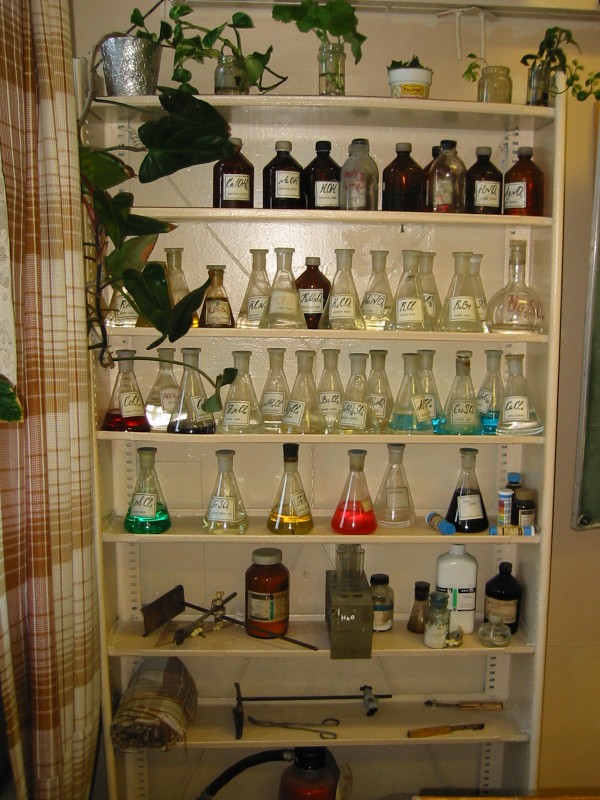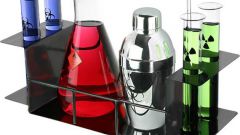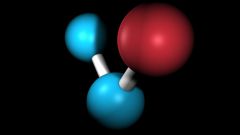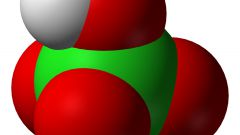You will need
- School textbook on chemistry 8-9, periodic table, table of electronegativity of elements (printed in school textbooks in chemistry).
Instruction
1
First we need to indicate that the degree of oxidation - is a relative concept, the host for ion, that is, not deepening into the structure. If the item is in a free state, it is the simplest case formed by a simple substance, and therefore the degree of oxidation equal to zero. For example, hydrogen, oxygen, nitrogen, fluorine, etc.
2
In complex substances, things are different: electrons between atoms are not equally distributed, and the degree of oxidation helps to determine the amount given or accepted electrons. The degree of oxidation may be positive and negative. In the advantage of electrons is given, in the red accepted. Some elements of your degree of oxidation retain various compounds, but a this feature is no different. You need to remember an important rule - the sum of the degree of oxidation is always zero. The simplest example of gas: knowing that the degree of oxidation of oxygen in the vast majority of cases equal to -2 and using the above rule, we can calculate the degree of oxidation for carbon C. In the amount of -2 zero gives only +2, and hence the degree of oxidation of carbon +2. Let's complicate the task and we take for the calculations, the CO2 gas that the degree of oxidation of the oxygen remains -2, but the molecules of it, in this case two. Therefore, (-2) * 2 = (-4). The number in the sum gives zero -4, +4, that is, this gas, carbon has a degree of oxidation of +4. A more complex example: H2SO4 - hydrogen degree of oxidation of +1, oxygen -2. In particular compound 2 molecules of hydrogen and 4 of oxygen, i.e. the charges will be, respectively, +2 and -8. In order to sum to zero, you need to add 6 plus. Hence, the degree of oxidation of sulfur is +6.
3
When the connection is difficult to determine where plus, where a minus, necessary table of electronegativity (it is easy to find in the textbook in General chemistry). Metals often have a positive degree of oxidation, and the nonmetals negative. But for example, PI3 - both elements are nonmetals. The table shows that the electronegativity of iodine is 2.6, and phosphorus of 2.2. When compared, it turns out that the 2.6 is more than 2.2, that is, the electrons are pulled together in the direction of iodine (iodine has a negative degree of oxidation). Follow these simple examples, you can easily determine the degree of oxidation of any element in the compounds.
Note
Not to be confused with metals and nonmetals, then the oxidation will be easier to find and not confusing.




